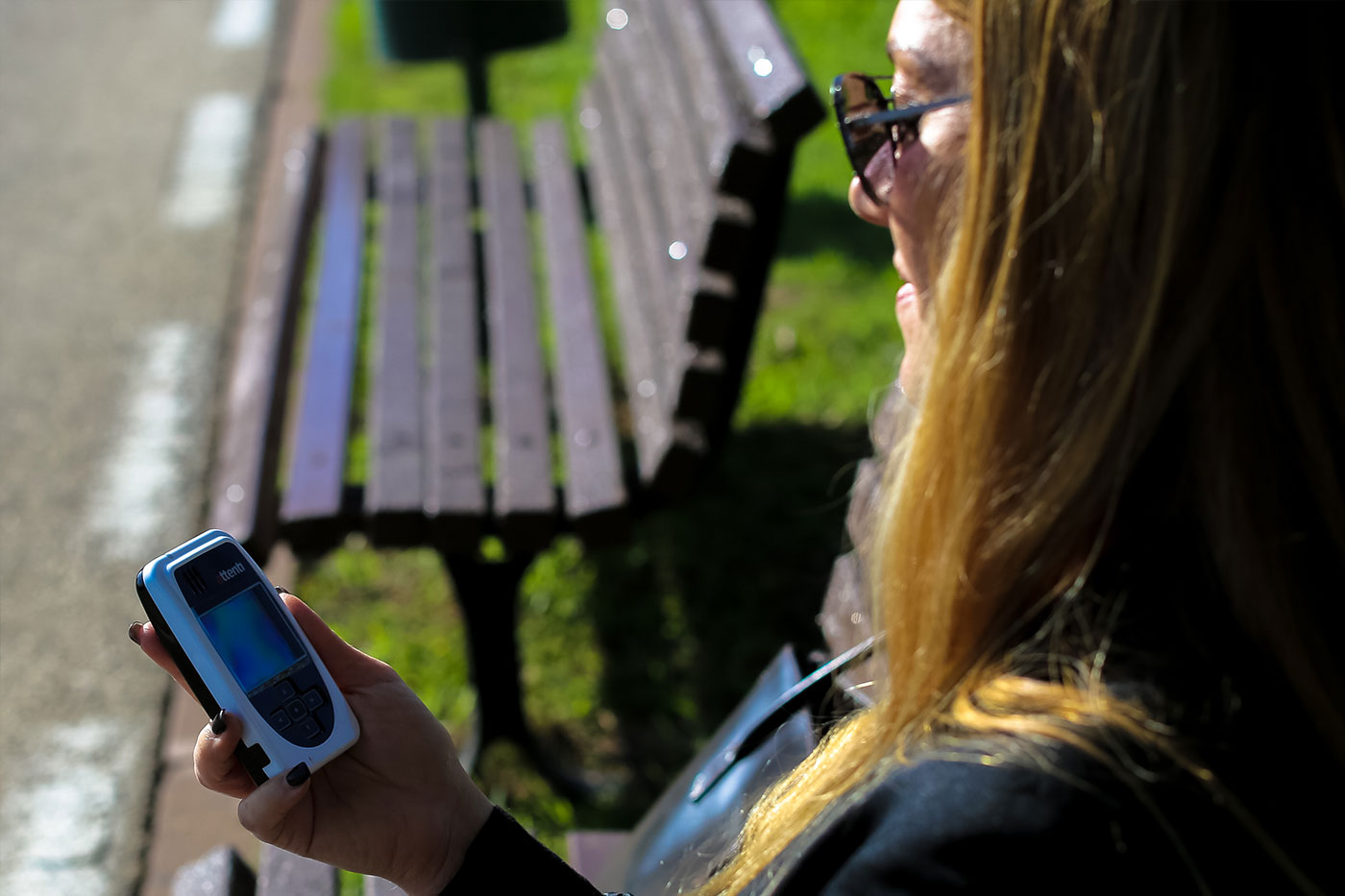Domestic violence is a horrific global pandemic with victims all over the world.
According to a global study on Homicide, more than a third of all female homicide victims in 2017 were murdered by a partner from a current or past relationship. In Australia for instance, one woman is murdered by her current or former partner every week on average.
Domestic or intimate violence is a complex subject. It is an ongoing crime, with psychological roots and far-reaching implications on victims. Perpetrators use many ways to assert control: physical and sexualized violence, psychological and emotional abuse, financial abuse and social isolation. Bringing such violence to a stop is extremely difficult, and rehabilitation requires engagement and commitment on the perpetrator’s end.
For decades, the correctional focus has been on punitive and rehabilitative measures for the aggressor. In recent years there has been a growing attention to victims, their protection and the impact of ongoing intimate violence on all aspects of their lives. Restraining or protective orders are the most common means to protect victims. But how helpful are they, really?
The following article will try to answer this question and offer an alternative approach to this burning issue.
Do protective orders really protect?
While it may seem obvious, it is important to state that restraining orders are part of a victim’s effort to break away from a violent and abusive partner. The attempt to break away inevitably puts the aggressor under heightened emotional pressure.
Professor Kerry Carrington of the Queensland University of Technology says that according to her research, “the most risky time for a woman is in fact during the first six months of separation”. It is no wonder that many victims are afraid to take that step – they are painfully aware of the possible repercussions.
There are countless accounts of deadly encounters that were preceded by repeated breaches of protective orders, where authorities were late to address the offense or failed to do so altogether, thus signaling to the offenders they can continue, rendering protective orders useless.
Dr. Sue Heward-Belle conducted interviews with domestic abuse victims who stated that the lack of enforcement leaves them feeling unsafe and exposed to threats and violence. Another study found that only a handful of women reported a sense of effectiveness and empowerment, while most respondents felt that the protective order only infuriated their abuser and increased the risk of serious damage.
Lacking or ineffective response to protective order breaches is a recurring theme in studies of victim experiences. Ineffective response is attributed to a combination of lack of resources and tools at the hands of law-enforcement agencies and judicial systems, and also to lack of training.
Presenting an alternative: electronic monitoring
There is a way for society to better protect victims of intimate violence. Electronic monitoring (EM) is an increasingly accepted method of ensuring that the aggressor is at a safe distance from their victim at any given time. The key difference between protective orders and EM is that protective orders are a reactive measure that requires the victim to report breaches (or at least ones they are aware of); electronic monitoring is a proactive approach where any breach is immediately alerted to monitoring centers and law enforcement agencies. Clear processes are in place to discern between intentional vs. unintentional breaches, and to handle them.
Domestic violence-oriented electronic monitoring comes in two forms: The first is restricted zones – such as the victim’s house or workplace. The second is Bilateral Electronic Monitoring, where the victims’ location is also continuously tracked. Bilateral EM is much more effective in ensuring victim protection at all times, by alerting the victim when the aggressor is in dangerous proximity, no matter where they are.
But is it effective?
Electronic monitoring has proven helpful in reducing violent attacks and unwanted behavior, mainly during the early and relatively vulnerable stages following a restraining order issuance.
Here are a few examples from different places around the world:
Portugal first adopted GPS tracking in domestic violence cases in 2001. Most monitoring cases took place pre-trial and when medium to high-risk offenders were involved. The programs proved an immediate success story, with 96% of abusers reaching trial without breaching their restrictions at all.
Spain has been using GPS tracking devices to protect domestic violence victims for more than a decade, and the Madrid Surveillance Center reported around 1,200 alerts a month from the first 450 tags that were placed at the beginning of the program.
In 2016, the New South Wales Government in Australia announced a plan for monitoring of high-risk domestic violence offenders. Very recently, in August 2020, Western Australia announced a similar program.
Since 2013, Sweden has operated programs for police-based GPS restraining orders. The Swedish programs are focused on monitoring the exclusion zones located around the victim’s home and workplace.
In the United States, more than 40 different states use EM technology to protect victims of domestic abuse. In 2010, the State of Connecticut began monitoring high-risk domestic violence perpetrators; not one of the 168 victims was re-attacked. Similar results were reached in 2005 in Massachusetts.
There have been some comparative studies that claim EM to have no real benefit over standard restraining orders in the long run. But even studies that indicate imited benefits accept the fact that for shorter periods, the impact of EM is stronger. This finding is particularly significant since, as noted above, the first six months after separation hold the greatest risk for victims of intimate violence. There may be a more tragic reason for the findings. Could it be possible that some victims simply did not survive to make it into the research sample?
Additional benefits to electronic monitoring
A series of interviews with victims who took part in monitoring programs showed that tracking technology had a major impact on victims’ practical and emotional well-being. Victims reported that electronic monitoring solutions were able to reduce their exposure to threats and attacks, and they were no longer physically controlled or constantly harassed by their abuser. With many abusers manipulating the law, it was hard for victims without GPS monitoring to prove the presence of their abuser, and they felt frustrated when interacting with law enforcement officials. The program improved their level of trust in the system and in the authorities’ ability and will to protect them.
The mental impact was demonstrated in a newfound sense of relief thanks to the ability to live a life free of harassment while visiting many areas without having to worry about deadly repercussions. Victims were grateful for information regarding their abuser’s behavior and reported increased satisfaction with the level of protection and attention they received thanks to the program. They could find a new job and live a full life once again.

Offering hope to domestic violence victims
The tragic issue of domestic violence sometimes feels like a hopeless battle, but it doesn’t have to be. There are available solutions that could turn things around for victims and solve a problem that affects millions around the world. Electronic monitoring offers a path towards a different reality, one that frees victims from the burden of protecting themselves against a relentless abuser and gives them control of their lives, in more ways than one. We owe it to them to adopt these solutions and urge you to contact us and learn more about implementing an electronic monitoring program in your area as soon as possible.







